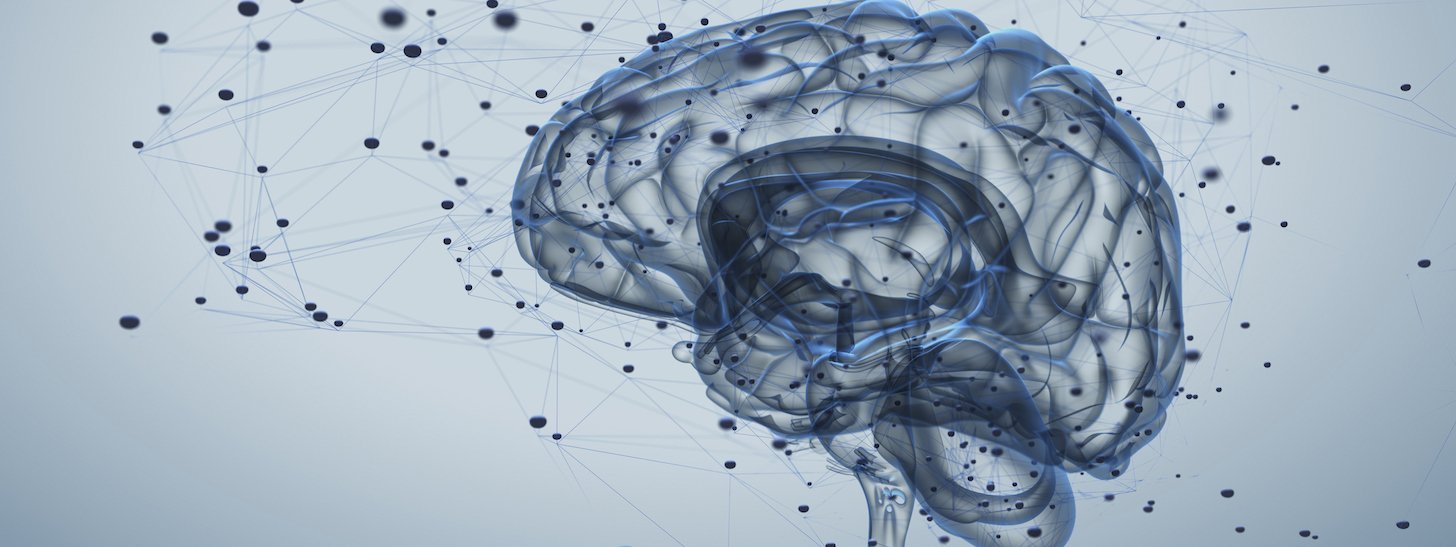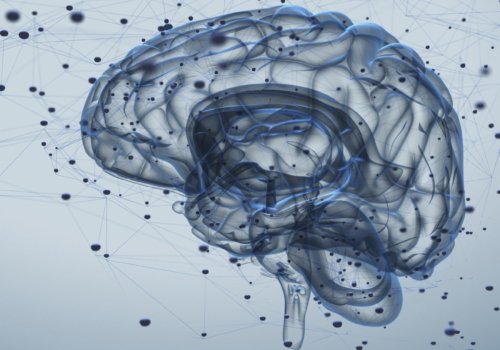Allodynia & Migraine Treatment: Q&A With Dr. Richard Lipton
Allodynia is common in migraine, but patients often don’t know how to talk to their doctors about treatment. Dr. Richard Lipton explains the condition and offers tips on finding effective treatments
Dr. Richard Lipton, Director of the Montefiore Headache Center, a Professor of Neurology at the Albert Einstein College of Medicine, and past-president of the American Headache Society recently received the 2017 Harold G. Wolff Lecture Award for his paper on the appearance of allodynia in relation to acute migraine treatment. He spoke with us about allodynia and migraine research, and how to talk to your doctor about treatment.
What is allodynia and how does it impact people in different ways?
Allodynia is the experience of ordinarily nonpainful stimuli as painful. So, during migraine attacks, people may report that taking a hot shower hurts on the side of their head, or putting their head on a pillow may be painful. Even the weight of an earring pulling down the ear can be painful, as can brushing your hair or wearing your hair back in a ponytail. So ordinary stimuli, ordinary life experiences that wouldn’t be painful outside the migraine attack, can be painful for up to two-thirds of people with migraine during attacks.
Do certain types of headaches make someone more likely to experience allodynia?
Allodynia is more common in migraine than in tension type headache. It is more common in people with relatively frequent headache, say 10 or 15 headache days a month, than people with less frequent headache.
What new information have you found in light of recent research that you can share with us about the condition?
One of the things we’ve learned is that allodynia predicts headache progression. So people who have allodynia are much more likely to make the transition from episodic migraine, with headaches less than 15 days a month, to chronic migraine with headaches 15 or more days a month. So it’s a predictor of pain progression.
The reason recognizing allodynia is helpful is if you’re a person who gets allodynia, it’s very important to treat early before allodynia develops. So, for an average person with episodic migraine who gets allodynia, it might develop an hour or two into the attack. The evidence shows that if you treat early, before allodynia develops, initial treatment will be much more successful and the headaches will be much less likely to recur, say, 12 to 24 hours later.
Does the appearance of allodynia offer any insight into ideal treatment options?
People with allodynia should think about taking preventive medications because it’s a marker for having a very sensitive nervous system. People who develop allodynia as their headache evolves should treat early in the attack, because medicines will work better before allodynia develops. And people with allodynia should be very careful to manage headache frequency using trigger identification or using preventive medications because it is a marker for increased risk of headache progression. One factor that leads people to treat headache late is if they have a limited supply of effective acute medications because of cost, or because of limitations that are imposed by pharmacy benefits. So for me, the key thing is to use preventive measures, either behavioral or drugs, to reduce headache frequency. And then if you’re going to take an acute medication, do your best to take it early.
How is your research going to help pave the way for migraine patients who are dealing with allodynia?
The key message is allodynia is part of the migraine attack. It may set you up for developing pain in bodily locations outside the head. If you have allodynia, you should be particularly vigilant about treating your migraine attacks early before allodynia develops while pain is still mild, because treatment will be more effective. If you’re having more than, say, four headache days a month, it’s really worth considering taking a preventive medication to reduce headache frequency.
What kind of barriers do patients face getting the treatment that they require when it comes to allodynia?
We often say migraine is more than just a headache. And when we say that, usually what we mean is that migraine is always associated with other features: sensitivity to light, sound, smell, nausea, vomiting, maybe auras. But migraine is more than just the headache in terms of the location of pain, as well. Many people with migraine have pain outside the head.
How can doctors be more cognizant of a patient’s pain?
We all have private experiences. I can never know what another person’s pain experience is. And if you’re a physician who treats pain disorders, the first and important rule is to believe the patient. If somebody says, “It hurts when sitting in a chair during my migraine headaches,” and if I’ve never heard of allodynia before, my inclination may be to dismiss that experience. But as you talk to more and more patients you come to realize these experiences of pain outside the head during attacks are really common and they are important guideposts for predicting how patients will do over time and how to optimally treat.
What advice do you have for patients when it comes to getting the help that they deserve?
I think the single most important thing is to tell your doctor about how headache impacts your life. And one of the great ironies in headache medicine is that if you tell a doctor about the functional consequences of your headache, that will get you taken seriously and appropriately treated, on the one hand. But the same doctor who responds to complaints of activity limitations may well not ask about them. So the gap is: doctors respond to complaints about functional limitations, but don’t ask about it.
Patients experience functional limitations, but don’t know that’s how to get doctors to respond. So if a patient desperate to be taken seriously says,”Oh, the pain is terrible. I can’t bear the pain,” then very often that elicits a responsive reassurance of “Don’t worry, it’s just migraine.” But if instead the patient says, “these headaches are really interfering with my function. I missed work three times in the last month and I’m worried that I’m gonna get fired.” Or, “I can’t take care of my kids when I have these headaches because the pain is so severe. I can’t change a diaper because the smell makes my pain worse. I can’t be in a brightly lit room,” that works. Complaints of function elicit in doctors the impulse to treat, not to reassure. Complaints of pain primarily elicit an impulse to reassure. So I think the single most important communication message is: tell your doctor how your headaches influence your life.
What is something that everyone needs to know or understand about allodynia in migraine?
I think everyone needs to know that allodynia is a very common symptom in migraine, and if you know about allodynia, and you understand allodynia, and you can explain it to your patients, your patients will be grateful to be understood. And they’ll think you’re smart because you know about this quirky headache experience they’re having. So they will think you’re knowledgeable. It will establish your credibility, but then it will also provide an option to treat better by using acute treatments early, by considering preventive treatments.
Is there anything more you would like to add about Allodynia or migraine?
Everyone should know that allodynia is a predictor of migraine getting worse over time, but that if patients with allodynia take their medications early, allodynia can be prevented and outcomes can be improved. Many people with migraine feel isolated in their suffering, and I think it’s important for people with migraine to know first that migraine is the most common of the neurologic disorders. There are perhaps 40 million Americans who suffer from migraine. I think it’s important for people to know that the science of migraine is advancing at a very rapid pace. We’re learning more about the mechanisms of migraine on an ongoing basis, and those insights into mechanisms are being translated into new treatment. I’ve been doing headache medicine for 30 years, and I have to say this is the most exciting year of migraine science I’ve ever experienced.
Dr. Lipton is a member of the American Headache Society, a professional society for doctors and other health care workers who specialize in studying and treating headache and migraine. The Society’s objectives are to promote the exchange of information and ideas concerning the causes and treatments of headache and related painful disorders, and to share and advance the work of its members. Learn more about the American Headache Society’s work and find out how you can become a member today.


